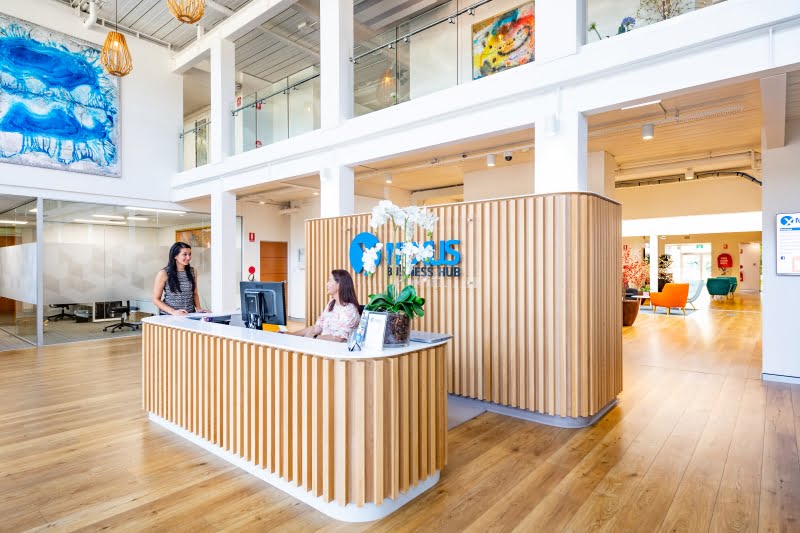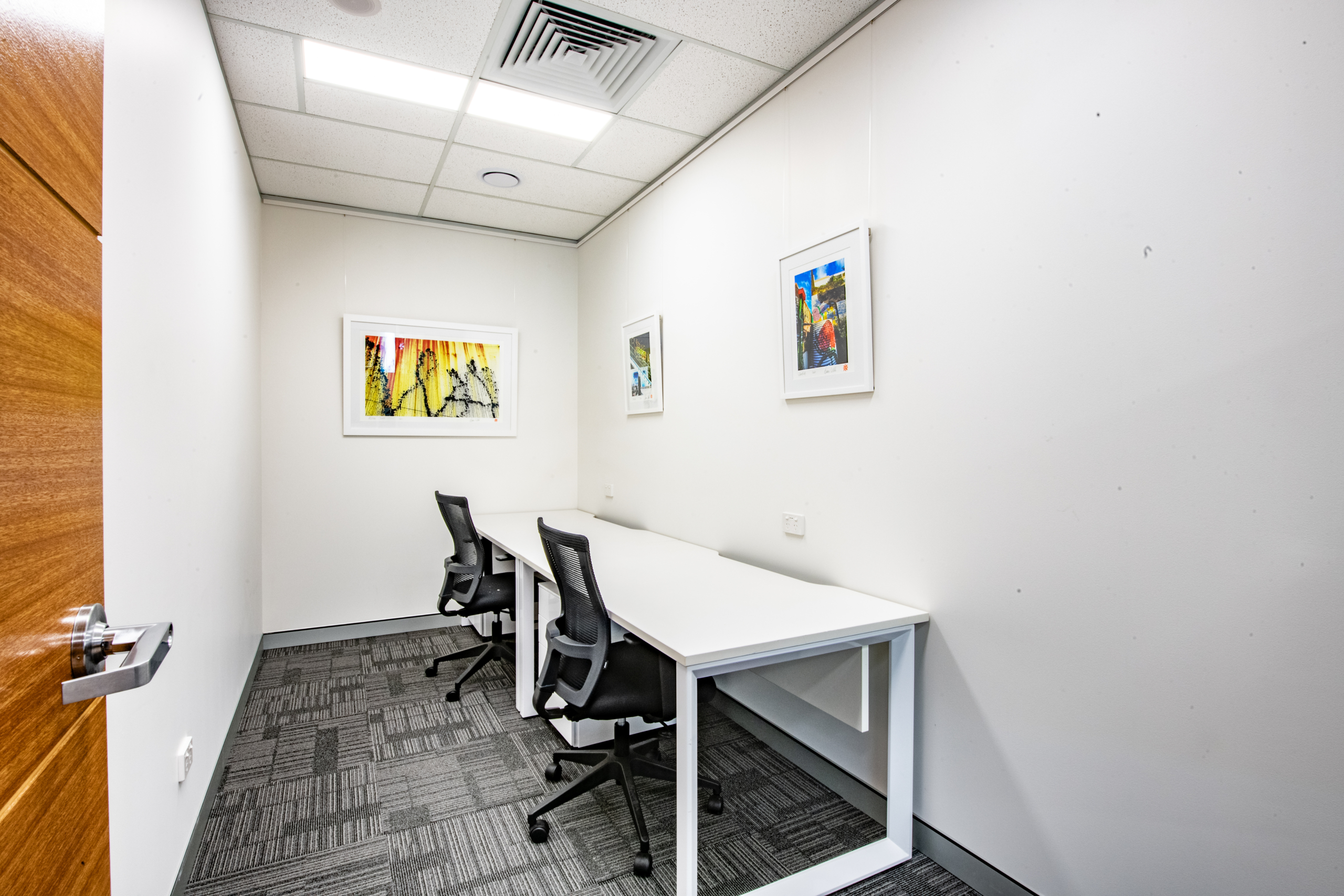A lot of companies will say in their job descriptions that they offer ‘flexible hours’ but saying you offer flexible hours is as nebulous as saying you have a great company culture. There isn’t a clear definition of what ‘flexible hours’ actually mean. Does it mean employees get to select their own start and finish times, that they can work remotely, or that employees can transition into a part-time schedule?
Flexibility has become a buzzword for employee recruiting and engagement, and often it remains a concept rather than a reality for many organisations, with many organisations advertising flexible work without truly employing it.
This is primarily due to the unwritten and diverse nature that is flexible working. ‘Flexible working’ means different things to different companies. To some, it’s allowing traditional employees the freedom to choose any or all of the following options:
- Fully-remote or partially-remote telecommuting
- ‘Flex schedules,’ through which in-office hours are arranged to suit an individual’s needs (e.g. working four 10-hour shifts, rather than five eight-hour days)
- Alternate daily schedules (e.g. working from 10:00 am to 6:00 pm, rather than 9:00 am to 5:00 pm)
- Part-time schedules consisting of fewer than 40 hours per week
- ‘Job sharing’ teams of two employees performing one job
- ‘Results Only Work Environments’ (ROWE) that prioritise results over hours worked
- Unlimited vacation time packages
For other companies, flexible working isn’t just about work hours and locations. It’s about the ability to leverage a wider pool of worldwide talent by working with freelancers, agencies and other independent contractors.
Availability of flexible work options is a hot topic for employers, employees, and job seekers, yet only about 1/3 of employers have a formal, written policy. Flexibility however has a number of proven merits, with a recent study indicating that 81% of employees look for flexible working options before joining a company, 65% of employers find that people are more loyal if allowed to work flexibly and 58% of parents choose flexible working in place of a 5% pay rise.
Ahead of the Flexible Working Summit 2018 we take a look at why 2019 is going to be the year for workplace flexibility to take a center stage as a perk for employees and as a profitable strategy for employers.
Employees not only Want, but are Demanding Flexibility
In a study recently conducted by Manpower Group, 83% of retail employees ranked flexibility as the number one reason why they would take or stay in a job. Today, with the ease of finding other flexible work options, employers are competing with companies like Uber and Lyft that can offer complete flexibility and a decent wage. With low unemployment and a high cost associated with turnover, the best employers are listening and starting to implement flexible work technology into their everyday workflow.
Moreover, according to a study conducted by Timewise in the UK 92 per cent of millennials prefer flexible working. Meaning that if your business wants to attract and retain the next generation of talent, flexibility is a must.
Flexibility = Talent Retention and Attraction
It follows that if flexibility is something most people want, the candidates who can pick and choose will choose employers who offer it. So if you want to find, attract and keep the best employees, you need to not only build flexible working and flexible hiring into your talent strategy, but have a formal, written policy around flexible working that prospective employees can refer to during the application and hiring stages.
Some professionals actively look for jobs that will allow them to work flexibly. It could be that they have childcare responsibilities or voluntary commitments, and are looking to achieve a better work-life balance. Offering flexible working opportunities can allow employers to recruit talented candidates who would otherwise have been out of their reach.
Reduced Costs and Higher Outputs
It’s not just your talent team who would reap the benefits of increased flexibility. Your finance team would no doubt be delighted by the impact flexible working can have on business overheads; reducing office space and cutting carbon footprints are common outcomes.
For any business, the renting of office space is a major contributor to operating costs, yet on any given day large numbers of desks may be left empty as employees visit customers, attend meetings or work remotely. This makes a more flexible arrangement, like hot desking, a far more efficient use of space, and could save companies 30% of their office costs per year.
Flexibility and Increased Productivity Go Hand in Hand
Although there’s a widespread perception that part-time and flexible workers are less engaged and less productive, the opposite is true: productivity has been shown to go up, not down, when people work flexibly.
Flexible working is widely believed to improve work/life balance and enhance employee happiness, as it’s a much more employee-centric policy. There are also benefits of increased productivity, reduced absenteeism and improved staff retention.
Recently New Zealand business, Perpetual Guardian invited its two hundred and forty employees to join an eight-week experiment during which they would work four days a week and enjoy an extra leisure day, although getting the same amount of money.
Staff stress levels decreased by 7% across the board as a result of the trial, while stimulation, commitment and a sense of empowerment and morale at work all improved significantly, with overall life satisfaction increasing by 5% points.
Flexible Working can Help Build a More Equal and Diverse Society
Companies with flexible working hours that let people work from home have a wider pool of potential employees. Flexible working is good for anyone with small children or other commitments, while being flexible on location could help introduce disabled – or even distant – employees to your workforce, letting firms hire based on who really is the best for a job, not who has the time for it.
To encourage greater diversity and inclusion – whether this be for women, women in leadership, Indigenous peoples, or people with disabilities – telecommunications giant, Telstra, in 2014, embedded an all roles flex policy, the first of its kind in the world.
What makes Telstra’s policy unique is that flexibility is the starting position – every role can be done flexibly, and a manager would have to prove why a role can’t be done flexibly, rather than flexibility being a privilege, or something that only a few people have access to.
So What’s it All Mean?
In terms of flexible working hours, the potential advantages for employees are well-known – including an improved work-life balance, greater autonomy and improved morale.
But it’s important for employers to recognise the business benefits of flexible working programs too. It’s not just staff members who stand to gain from such initiatives, as organisations can reduce costs, improve output and increase loyalty when schemes are implemented in the right way.
When flexible working is used appropriately with the necessary level of buy-in from both employers and employees, it can be to everyone’s advantage.
Learn more about developing flexible working policy, embedding flexible working in your business and measuring the productivity, cost and employee wellbeing benefits of flexible working, join us at the Flexible Working Summit.








